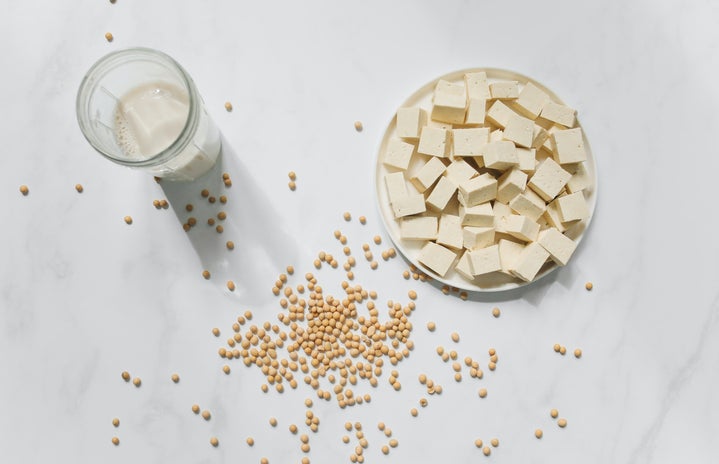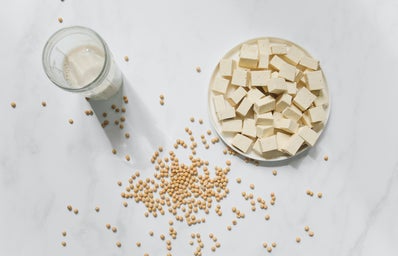Each year, it feels like five new types of milk are lining the grocery store shelves. As these options multiply, we might find ourselves constantly adapting to whatever milk is trending at the moment. Milk, as silly as it might sound, has become a cultural staple, maybe even as influential as the latest fashion trends.
Soy/rice milk
In the early 2000s, rice milk and soy milk were all the rage, offering dairy-free alternatives that quickly gained popularity. Remember the iconic “Got Milk?” campaign? It pushed traditional cow’s milk into the spotlight, making it a symbol of health and strength. Fast forward to today, and oat milk has become the must-have milk of the moment. It’s served in almost every large food chain that serves coffee, like Starbucks or Dunkin’ Donuts, and even at places like Insomnia Cookies.
However, with each new milk trend, there seems to be an endless stream of information about their potential health risks, leaving us to wonder what’s the best choice for us. And just when you think it’s strange how many things we already make milk out of, wait until you hear about lab-grown milk.
For every new milk on the market, it feels like there are 50 reasons why we should or shouldn’t be drinking it. Whether it’s concerns about environmental impact, added sugars, or nutritional content, each milk trend often comes with its own set of controversies.
Cow milk
Cow milk can be problematic for those with lactose intolerance, and dairy farming has a significant environmental footprint, contributing to greenhouse gas emissions, water usage, and land degradation. However, milk has other health benefits, like containing 18 of 22 essential nutrients, making it a nutritional rock star and a simple, efficient way to get a long list of vitamins and minerals.
Soy milk, while not so popular anymore, is high in protein and contains all the essential amino acids. It’s also often fortified with calcium and vitamins. However, there have been concerns about how soy milk may negatively affect hormone levels in the human body.
The lists go on and on for every milk in the market. Yet, despite these debates, our love for trying the latest and greatest in the milk world never seems to wane.
Lab-grown milk
As lab-grown milk enters the market, it has the potential to further diversify the milk aisle, adding yet another option to the ever-growing list of alternatives. This product is created by culturing milk proteins in a lab setting without the need for cows. Lab-grown milk mimics the nutritional profile and taste of traditional milk but with the potential for a significantly lower environmental impact. It also sidesteps ethical concerns related to animal welfare, offering a cruelty-free alternative that could appeal to an increasingly conscientious consumer base.
However, this new frontier also raises important questions: Will people embrace milk produced in a lab rather than on a farm? Can it overcome the skepticism that often accompanies food made in a lab? Much like the rise of plant-based milk, lab-grown milk will need to win over consumers by proving that it can deliver on taste, nutrition, and sustainability.
Ultimately, it doesn’t really matter which milk is trending; what matters most is what tastes best to you. With so many options available, finding the one that fits your preferences and lifestyle is key. Whether it’s traditional cow’s milk, a plant-based alternative, or even lab-grown milk, the best choice is the one that makes you happy and suits your needs.
As milk options continue to expand, they reflect our evolving values and the complexities of modern life. From traditional cow’s milk to plant-based alternatives and now lab-grown options, each new trend offers its benefits and challenges. Despite the debates, our curiosity and desire to find the best choice for our health and the planet keep us exploring the latest innovations. In all its forms, milk remains a cultural staple that adapts to the times, and our choices today can shape the future of what’s in our glass tomorrow.
Want to see more HCFSU? Be sure to like us on Facebook and follow us on Instagram, Twitter, TikTok, and Pinterest!


